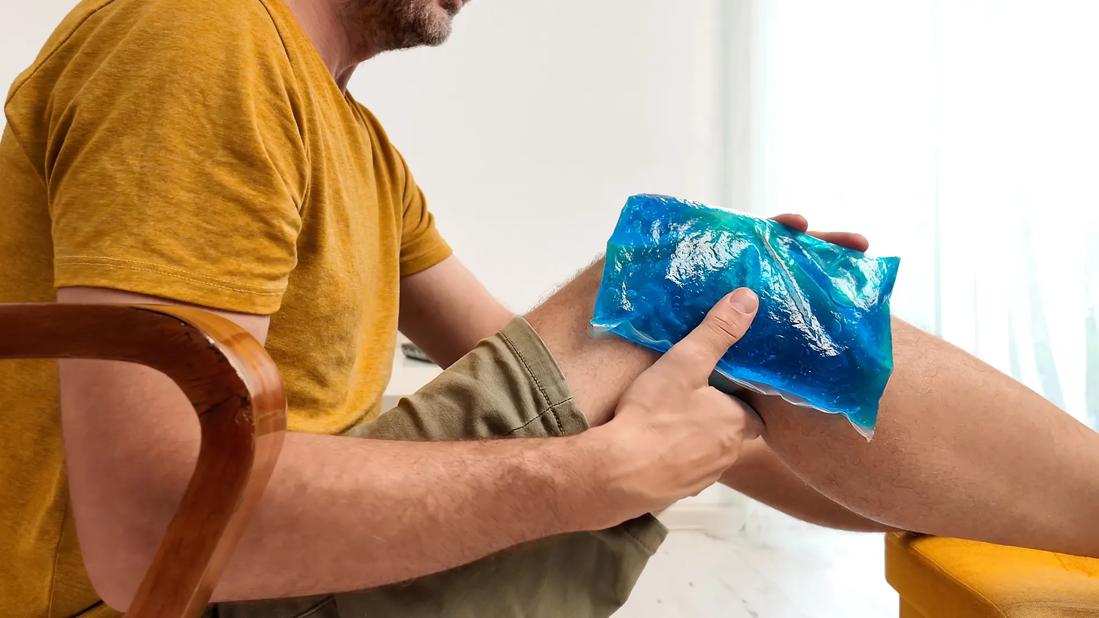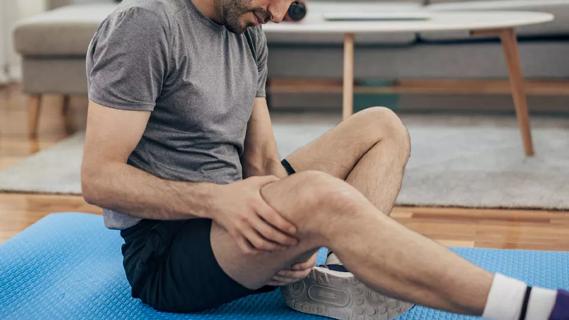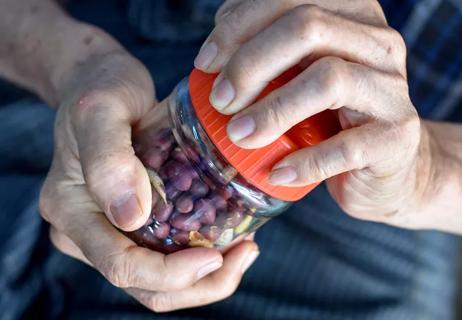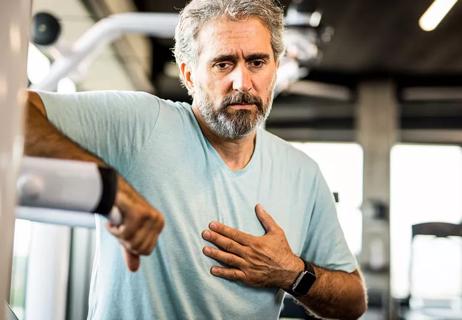Whether it’s crushed ice, a chilled gel pack or frozen corn, you’ve got options

Injuries happen. Maybe it’s a bruise after a stumble and tumble on an uneven sidewalk. Perhaps it’s a muscle aching in protest after being asked to do a little too much. Either way, you’re hurting.
Advertisement
Cleveland Clinic is a non-profit academic medical center. Advertising on our site helps support our mission. We do not endorse non-Cleveland Clinic products or services. Policy
Your first instinct to feel better? Bring on the ice!
Icing an injury is often one of the first steps in the healing process — and you’ve got plenty of cold compress options to consider. Certified athletic trainer Jason Cruickshank, AT, CSCS, breaks down a few choices and the ABCs of icing an injury.
A cold compress is chilled or frozen material you apply to your body to reduce swelling, pain and inflammation. It works its magic by constricting blood vessels and temporarily numbing injured tissue.
The two most straightforward cold compresses are:
“You don’t need anything fancy,” he adds. “If it’s cold, it should work for your needs.”
When the need for icing an injury presents itself, here are a few easy ways to answer the call.
Advertisement
The simple ice-in-a-bag option is often the quickest and easiest. Again, a bag of crushed ice works better than cubes because it can wrap around the injured area more easily and is more likely to stay in place.
What you’ll need: Ice (again, ideally crushed), a sealable bag and a thin cloth.
How to prepare and apply:
A bag of frozen corn, peas, green beans or any other vegetable is an easy sub for a bag of ice, notes Cruickshank. The collection of small veggies allows it to wrap around body parts like crushed ice, too.
A bonus? Once the veggies thaw, you’ve got a healthy head start on your next meal.
What you’ll need: A bag of frozen veggies and a thin cloth.
How to apply:
This one requires a little advanced prep, but it’s worth doing if you live in an active household where bumps and bruises are common. “An ice cup is ideal for targeting less intense injuries or tough-to-reach spots,” suggests Cruickshank.
What you’ll need: A disposable foam or paper cup and water.
How to prepare and apply:
Another plan-ahead option for icing injuries involves freezing a wet washcloth.
What you’ll need: A clean washcloth, water, a sealable bag and a thin cloth.
How to prepare and apply:
Advertisement
When icing, Cruickshank recommends keeping these tips in mind:
Icing offers the most benefit immediately after an injury to limit the swelling and dull pain, says Cruickshank. It’s OK to ice an injury again, too, but it’s best to wait at least an hour or two between sessions.
Continue icing on and off for a few days as part of the RICE method of injury care if the cold compress offers relief. (RICE is an acronym for Rest, Ice, Compression and Elevation.)
If your injury isn’t getting better within a few days, consider seeing a healthcare provider for an exam.
Advertisement
Learn more about our editorial process.
Advertisement

These neurological conditions affect muscle movement in separate ways

Getting close to their care team, investing in accessibility and implementing safe sleeping practices are just a few ways to support your child’s growth and development

Your child’s care team, nonprofit organizations, patient groups and more are here to support you

This treatment can be an effective way to calm muscle stiffness and spasms from nerve damage

Stretching, water-based activities, cycling and treadmill training can all bring benefits

Stretching, heating pads and massage guns can provide quick relief

Turns out your health really is in your hands

Seven doctor-approved ways to ease the pain

Babies can get congested easily, but you can calm their cough by keeping them hydrated, using nasal drops and running a humidifier

Weight loss may cause loose, sagging skin and muscle loss to your rear

Several conditions, like vitiligo and fungal infection, can cause a loss of pigmentation, leading to white spots or patches on your skin